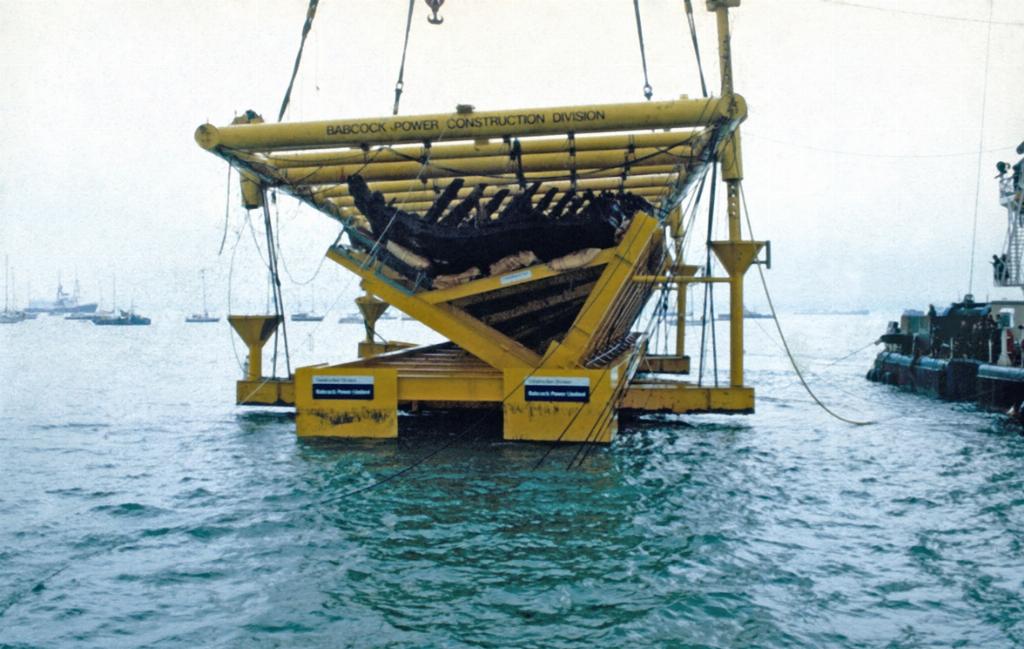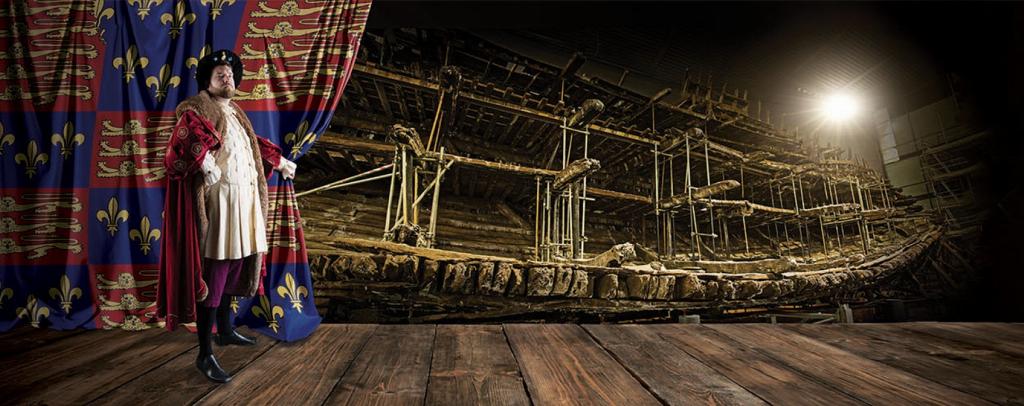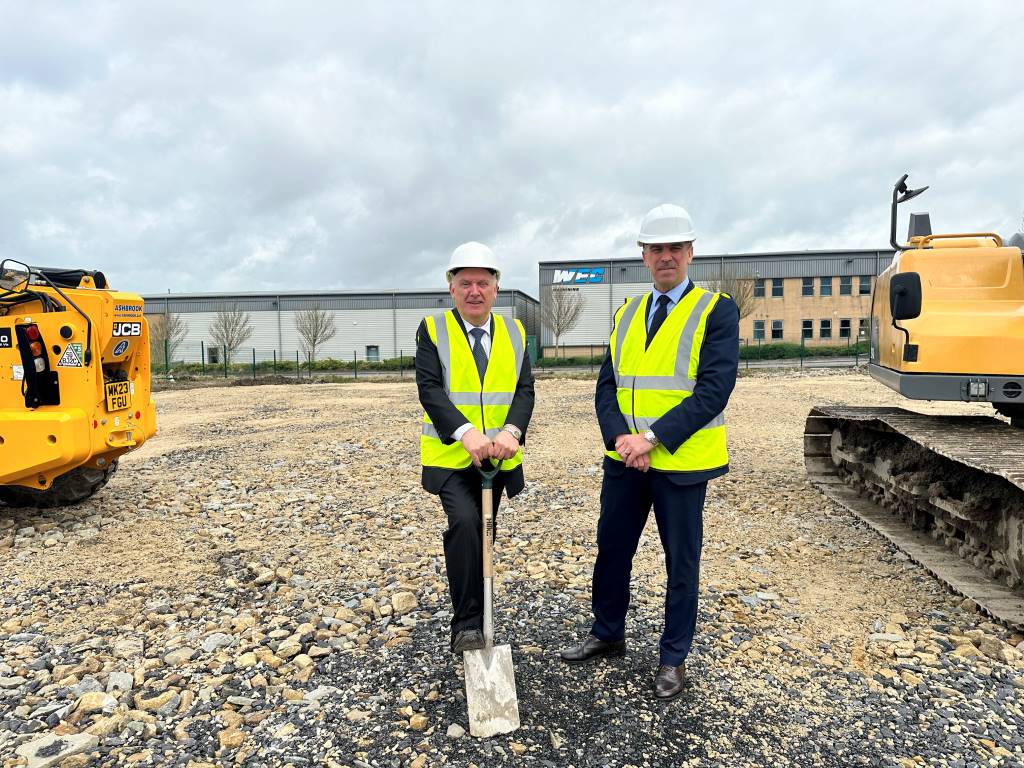Barnshaws looks back at raising the Mary Rose

The raising of the Mary Rose in 1982 was one of the most complex salvage operations ever conducted, breaking new ground in diving and conservation techniques.
It was an operation that older employees of Barnshaws Section Benders will also remember, as the businesses’ steel fabrication expertise helped bring the wreck to the surface.

With the lengthy conservation operation of the Mary Rose complete, visitors to the Mary Rose Museum can now view what remains of the immense hull in all its glory, free of obtrusive scaffolding and water pipes.
The Mary Rose, the mightiest ship in King Henry VIII’s fleet, in many ways embodies the monarch’s rule over England. A byword for excess in the 16th century, the Mary Rose weighed in around 700 tons and was armed with over 70 guns and could carry a combined crew of around 400.
After a career engaging with the French Fleet during the French Wars, and then a recent refit, the Mary Rose sailed out to meet the French Fleet in battle on the 19th July 1545, keeled over, and sank into the Solent, with some sources claiming it hadn’t even fired a shot.
Over the centuries many salvage attempts had been made to raise the infamous ship from its clay tomb, but in 1982 a group of scientists, archaeologists and divers grouped together to finally raise the battleship.

Barnshaws Section Benders was subsequently contacted by contractor Babcock Power Construction Division to produce the precision curved steel section beams to form the cradle, which would raise the wreck to the surface. With years of expertise in bending steel, Barnshaws was able to fabricate the section in-house to accommodate the 40m long, 25m high hull of the ill-fated ship. Barnshaws was able to deliver the sections on time, to allow the project to continue its historic work.
The lifting frame was attached to the 570-ton wreckage of the ship via steel bolts and was raised with the help of cranes, hydraulic jacks and air bags. The hull was then transported to the Royal Naval Base in Portsmouth. The ship was placed behind HMS Victory and a facility built around her to ensure preservation of the archaeological wonders within.
The remains have since been sprayed with clean water for two decades, then soluble wax and finally completed gradual drying process so that the timbers can be viewed in the open air.
With restoration now finally complete, visitors can enjoy the Mary Rose like never before. A technological wonder of its time, its preservation owes a lot to the modern engineering expertise Britain has always championed.
Barnshaws www.barnshaws.com











